A research team from Queen Mary University of London has discovered a new way to engineer thin films that can “tune” themselves much more effectively than existing materials, making them highly responsive and efficient.
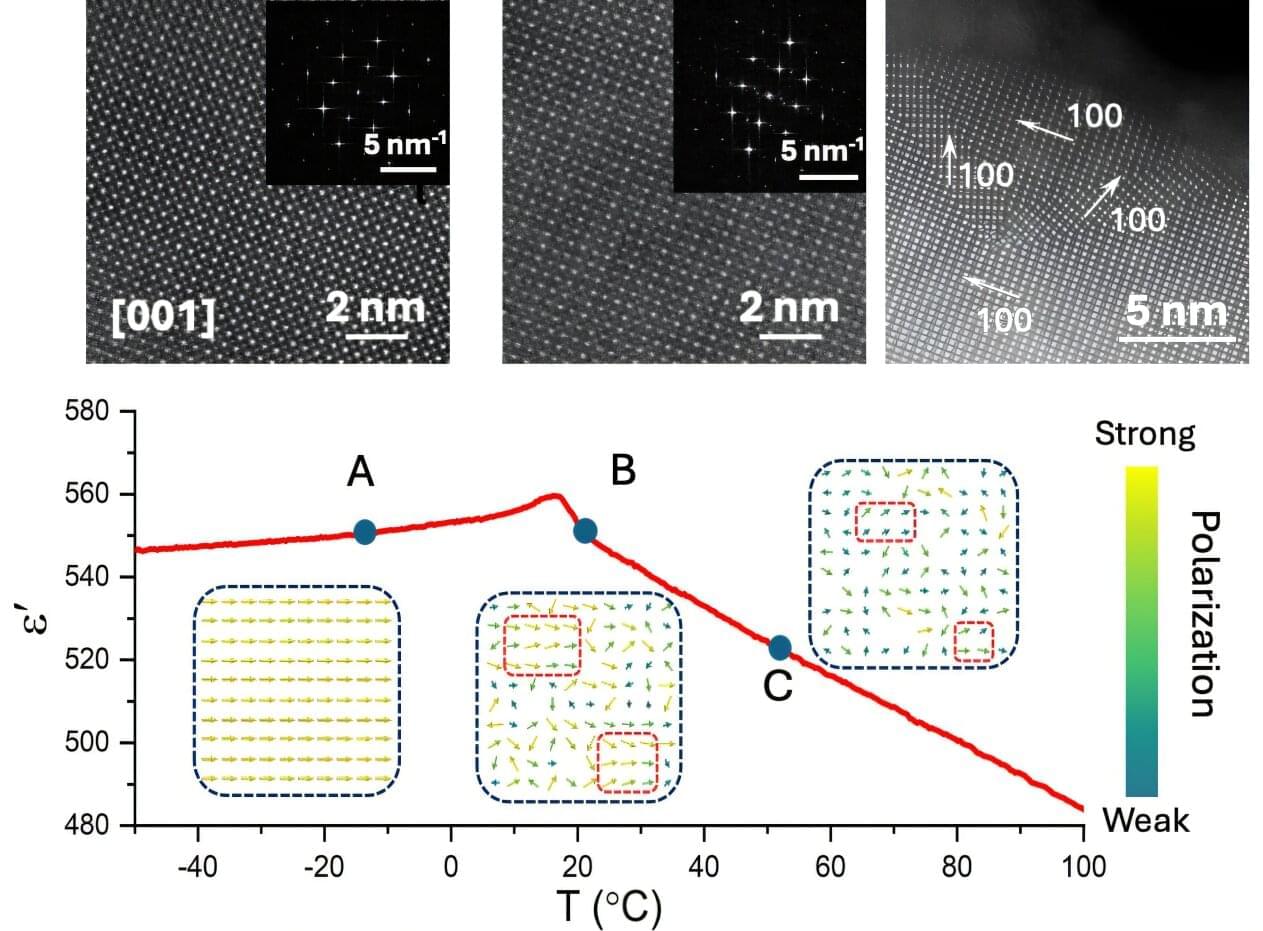


Chloroplasts—the “light power plants” of plant cells—are increasingly the focus of synthetic biology. These organelles house the photosynthetic apparatus and host several metabolic pathways that are of great interest for engineering new traits. Gene insertion into chloroplasts is precise and carries a lower risk of transgene escape.
Despite this potential, chloroplast biotechnology remains in its infancy because standardized, scalable methods for rapid testing of diverse genetic parts have been missing. A research team from the Max Planck Institute for Terrestrial Microbiology in Marburg has now presented a micro‑algal platform that allows automated, fast, and large‑scale testing of chloroplast genetic modifications.
The study is published in the journal Nature Plants.
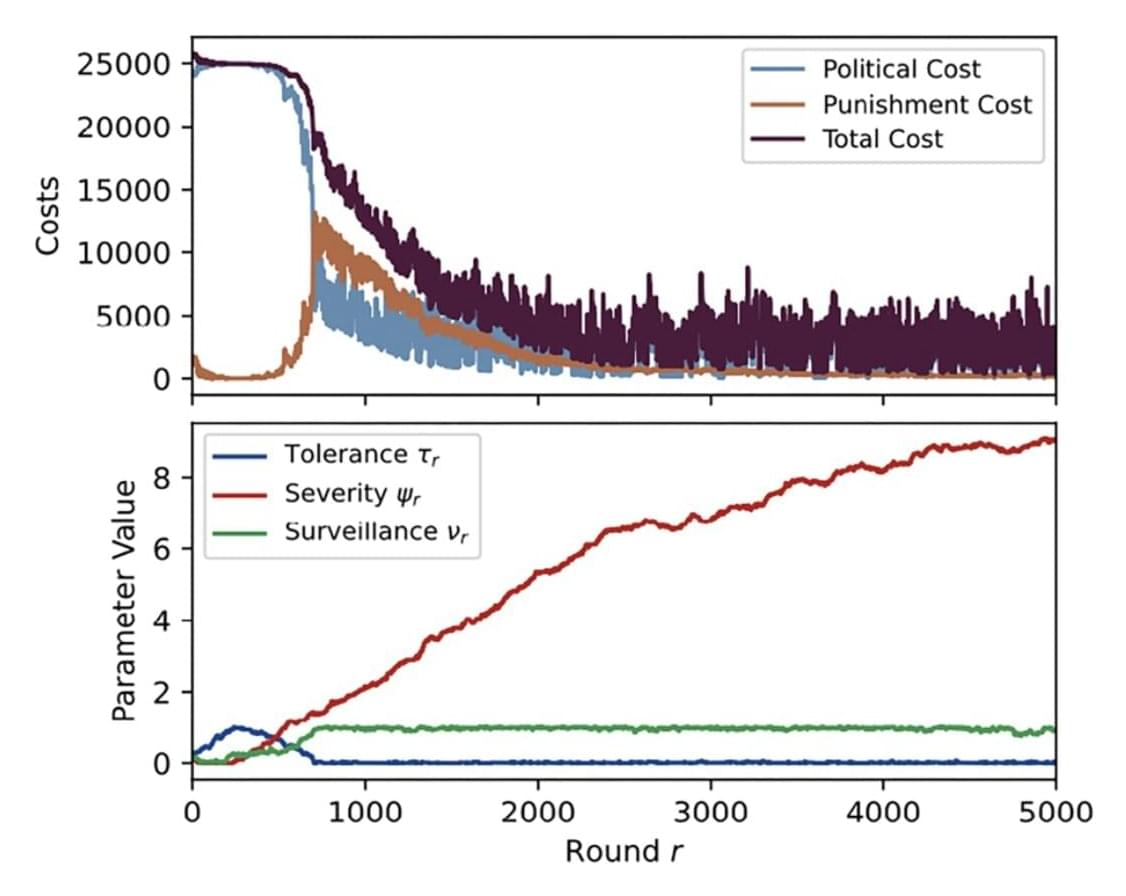
In an era when social media blurs the line between public and private speech, how do people decide whether to speak their minds or stay silent?
A new study from researchers at Arizona State University and the University of Michigan, published in the Proceedings of the National Academy of Sciences, offers a groundbreaking look at the strategic trade-offs individuals make when facing the threat of punishment for dissent.
The work, co-authored by Professor Stephanie Forrest and Assistant Professor Joshua J. Daymude in the School of Computing and Augmented Intelligence, part of the Ira A. Fulton Schools of Engineering at ASU, and Robert Axelrod from the University of Michigan, introduces a mathematical model to explain when people choose to express dissent or self-censor.
There is a limit to how big we can build particle colliders on Earth, whether that is because of limited space or limited economics. Since size is equivalent to energy output for particle colliders, that also means there’s a limit to how energetic we can make them. And again, since high energies are required to test theories that go beyond the standard model (BSM) of particle physics, that means we will be limited in our ability to validate those theories until we build a collider big enough.
But a team of scientists led by Yang Bai at the University of Wisconsin thinks they might have a better idea—use already existing neutrino detectors as a large scale particle collider that can reach energies way beyond what the LHC is capable of. The findings are published on the arXiv preprint server.
Neutrinos are notorious for very weakly interacting with things—there are trillions of them passing through you as you read this sentence. However, put enough matter in their way and eventually a special few will run directly into a proton or electron. The resulting particle spray, which is typically going faster than light in whatever medium the neutrino hits, creates a light known as Cherenkov radiation. But really what causes the Cherenkov radiation are the particles created by what is essentially a giant particle collider.

No one can control the weather, but certain clouds can be deliberately triggered to release rain or snow. The process, known as cloud seeding, typically involves dispersing small silver iodide particles from aircraft into clouds. These particles act as seeds on which water molecules accumulate, forming ice crystals that grow and eventually become heavy enough to fall to the ground as rain or snow.
Until now, the microscopic details of this process have remained unclear. Using high-resolution microscopy and computer simulations, researchers at TU Wien have investigated how silver iodide interacts with water at the atomic scale.
Their findings, published in Science Advances, reveal that silver iodide exposes two fundamentally different surfaces, but only one of them promotes ice nucleation. The discovery deepens our understanding of how clouds form rain and snow and may guide the design of improved materials for inducing precipitation.
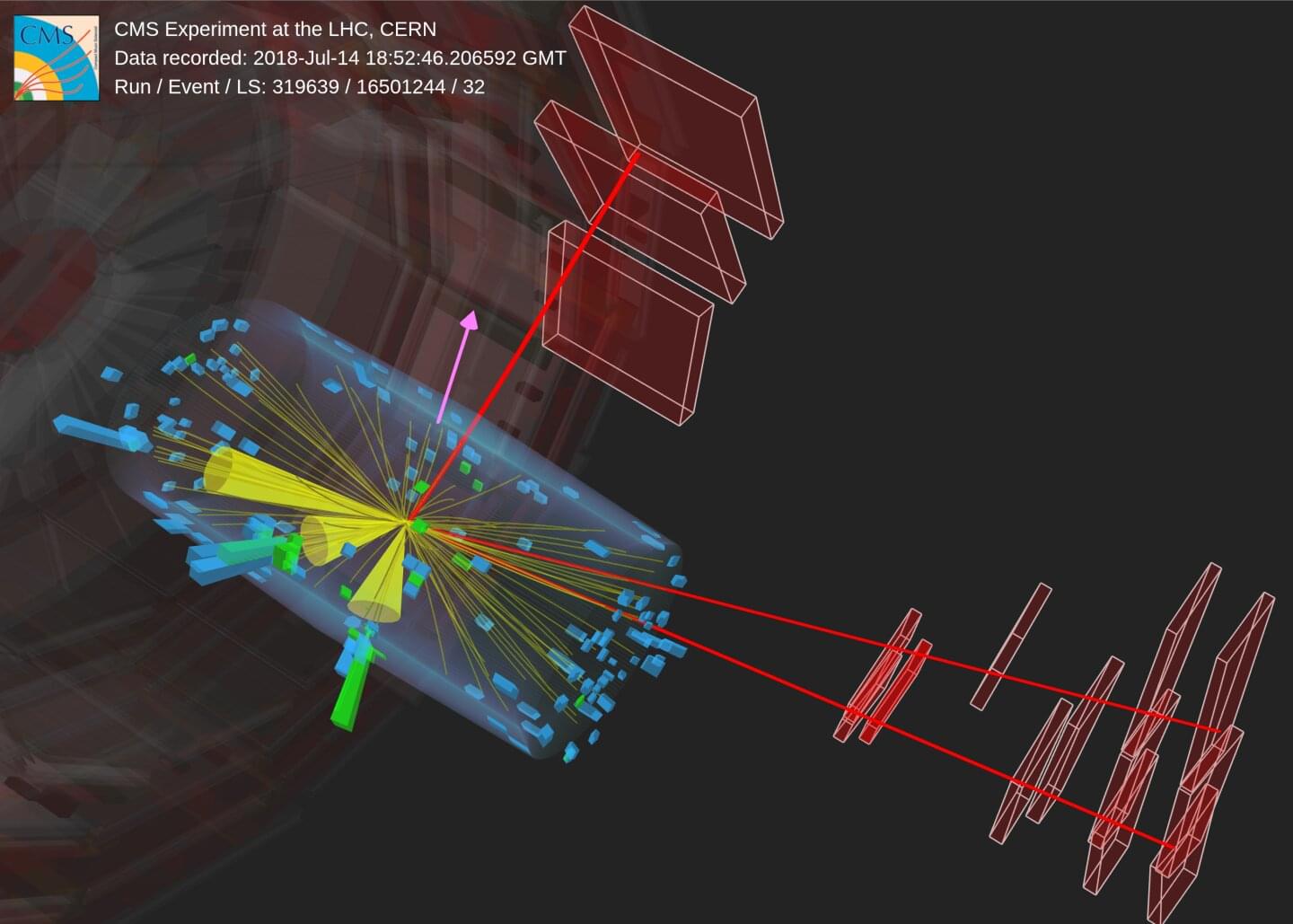
The experiments at the Large Hadron Collider (LHC) detect rare events on a daily basis, but some are exceptionally rare, such as this latest result from the CMS collaboration. For the first time, the collaboration has observed the production of a single top quark along with a W and a Z boson, an extremely rare process that happens only once every trillion proton collisions. Finding this event in the LHC data is like searching for a needle in a haystack the size of an Olympic stadium.
The creation of a top quark, a W boson and a Z boson, known as tWZ production, opens up a new window for understanding the fundamental forces of nature. By closely studying tWZ production, physicists can investigate how the top quark interacts with the electroweak force, which is carried by the W and Z bosons.
In addition, the top quark is the heaviest known fundamental particle, meaning that it has the strongest interaction with the Higgs field, so, studying the tWZ process could give us a deeper understanding of the Higgs mechanism. It could also point us to signs of new phenomena and physics beyond the Standard Model.
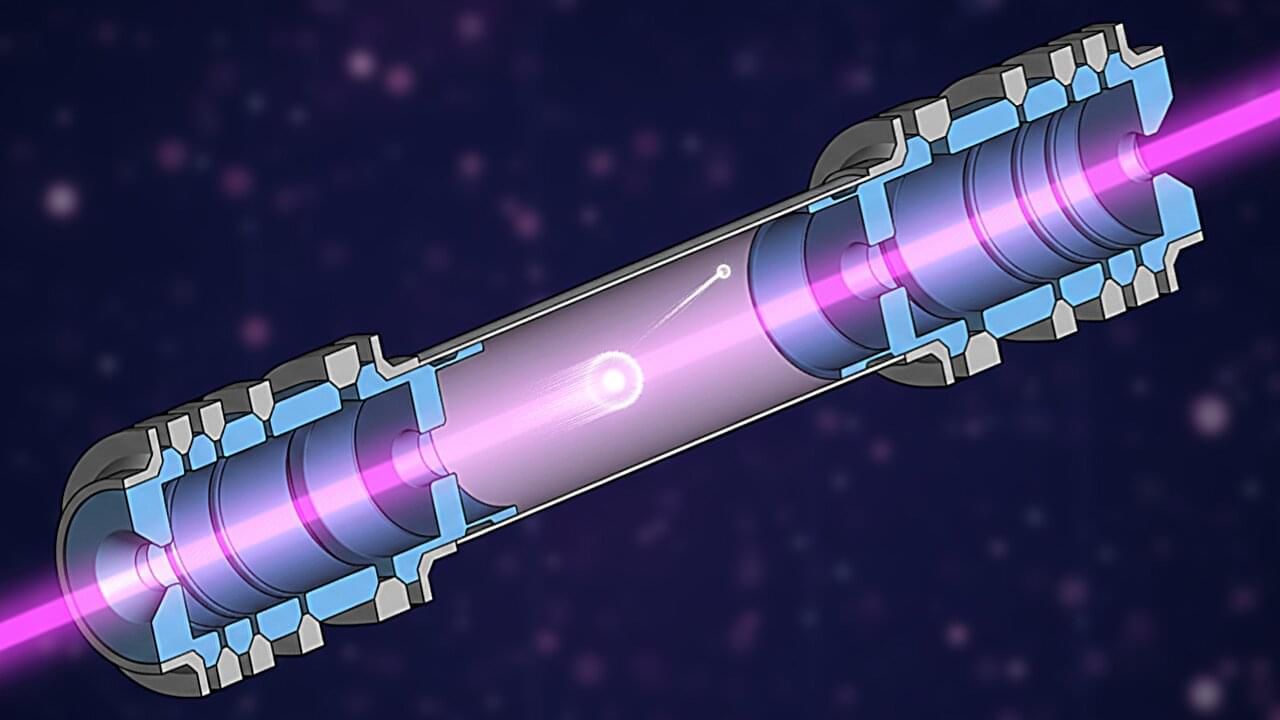
From the burning of wood to the action of medicines, the properties and behavior of matter are governed by the way chemical elements bond with one another. For many of the 118 known elements, the intricate electronic structures of the atoms that are responsible for chemical bonding are well understood. But for the superheavy elements lying at the far edge of the periodic table, measuring even a single property of these exotic species is a major challenge.
In a new paper published in Nature Communications, a team of researchers working at the ISOLDE facility at CERN report a novel technique that could help unlock the chemistry of (super)heavy elements and has potential applications in fundamental physics research and medical treatments.
Superheavy elements are highly unstable and can only be produced in accelerator laboratories in minute amounts. This is why researchers tend to first perfect their techniques on elements that are stable and lighter.
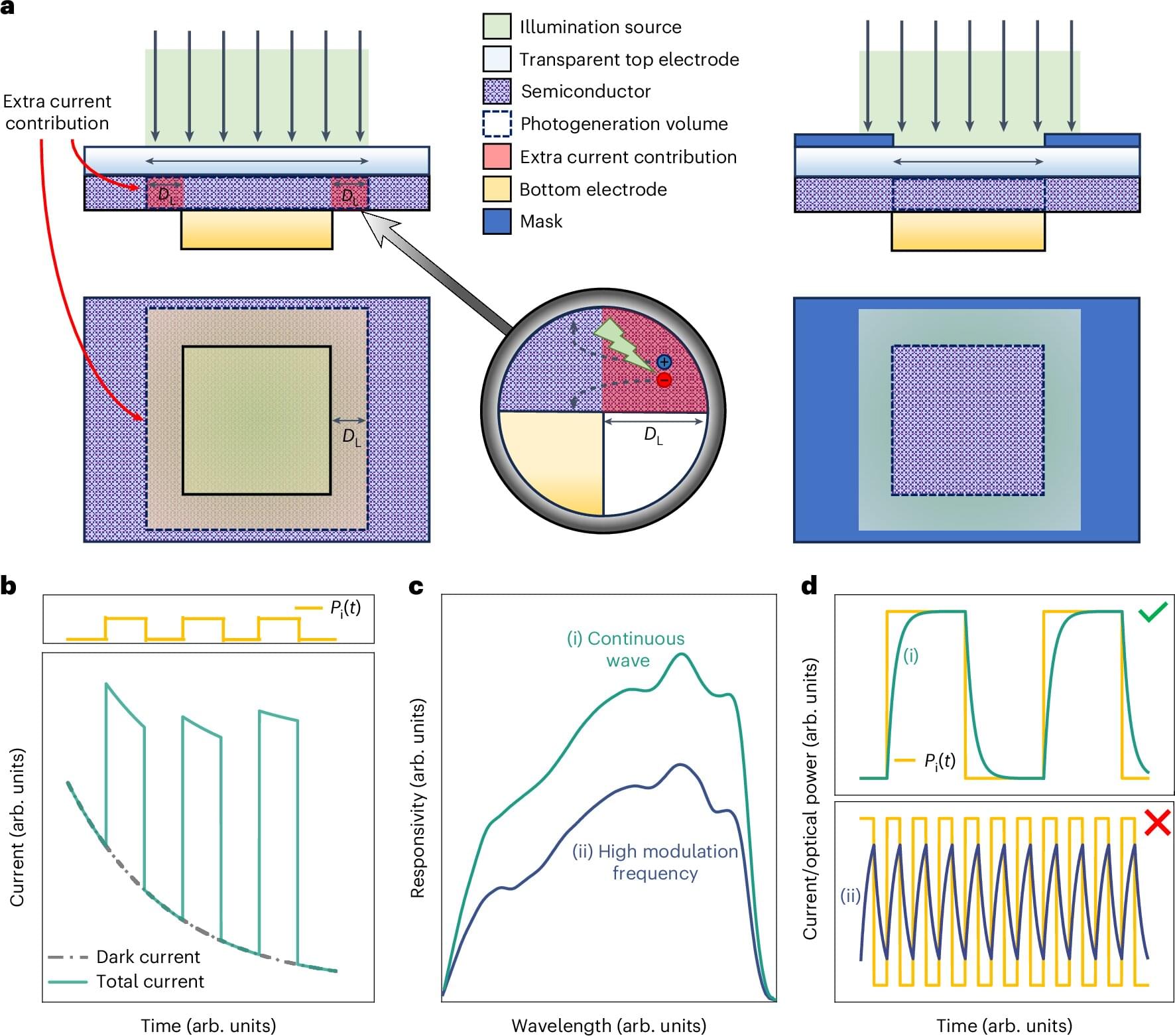
A global team of experts from academia and industry has joined forces in a landmark Consensus Statement on next-generation photodetectors based on emerging light-responsive materials, which could accelerate innovative applications across health care, smart homes, agriculture, and manufacturing.
Professor Vincenzo Pecunia, head of the Sustainable Optoelectronics Research Group (www.sfu.ca/see/soe), has led this global initiative culminating in the publication of a Consensus Statement in Nature Photonics. Featured on the journal’s cover, the paper provides a unified framework for characterizing, reporting, and benchmarking emerging light-sensing technologies. These guidelines could catalyze the adoption of such sensors across a wide range of applications, enhancing quality of life, productivity, and sustainability.
Light sensors, also known as photodetectors, are devices that convert light into electrical signals. They are at the heart of countless smart devices and represent a global market valued at over $30 billion, reflecting both their ubiquity and economic significance. Emerging photodetectors—including those based on organic semiconductors, perovskites, quantum dots, and two-dimensional materials—could take this field even further by enabling ultrathin, flexible, stretchable, and lightweight sensors. These next-generation photodetectors promise lower costs, enhanced performance, and unique functionalities, paving the way for applications that were previously impossible.
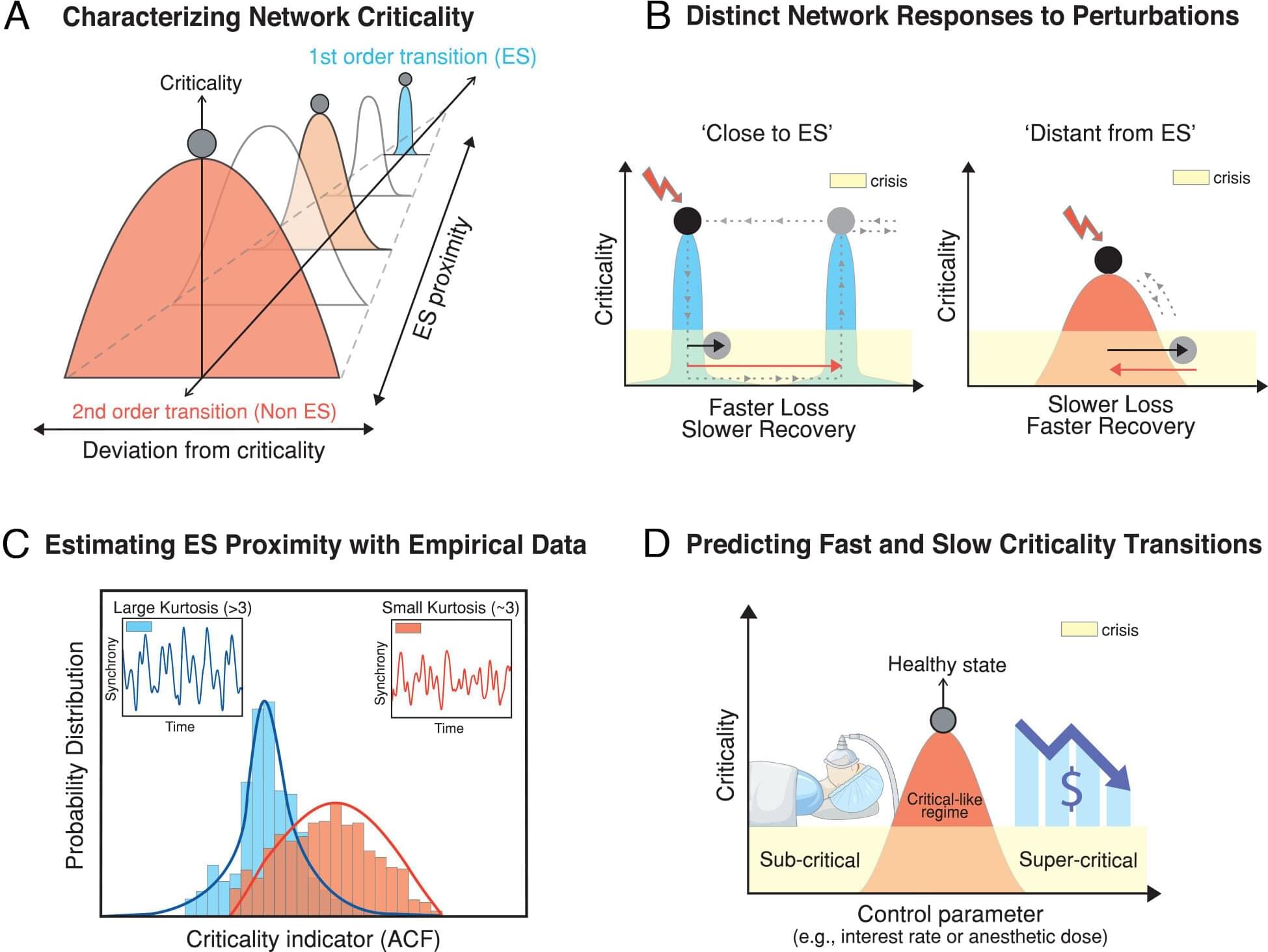
What do brains and the stock market have in common? While this might sound like a set-up for a joke, new research from U-M researchers reveals that the behaviors of brains and economies during crises can be explained using observations common in the realm of physics. Their work is published in the journal Proceedings of the National Academy of Sciences.
UnCheol Lee, Ph.D. of the U-M Department of Anesthesiology and his collaborative team came up with the idea upon observing that some patients under anesthesia recover faster than others.
“Anesthetic drugs can be considered as introducing a controlled crisis in the brain, interrupting the brain’s network to induce unconsciousness,” explained Lee.
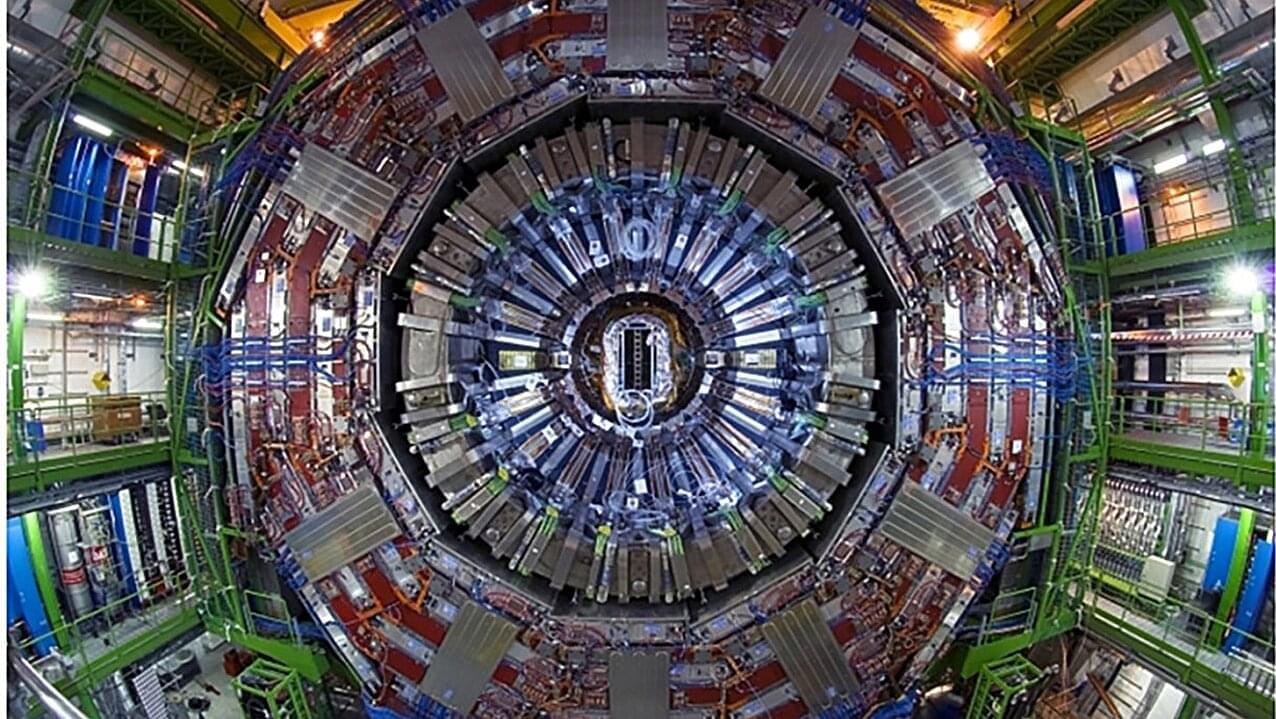
On July 4, 2012, researchers at the Large Hadron Collider (LHC) in Switzerland announced with great fanfare that they had successfully detected the Higgs boson, the manifestation of the mechanism that gives some elementary particles their mass. The finding was a triumph of both the experimental skill required to definitively detect the particle, and the theoretical acumen of those who predicted its existence, recognized by the 2013 Nobel Prize in Physics.
Brown University researchers played key roles in both sides of the accomplishment. Experimentalists including David Cutts, Ulrich Heintz, Greg Landsberg and the late Meenakshi Narain made key contributions to the Compact Muon Solenoid (CMS) experiment at the LHC credited with making the discovery. Years earlier, the late Gerald Guralnik was part of a group that made a theoretical prediction of the particle, which many scientists believe to be the most complete description of the Higgs mechanism.
The Higgs was the final missing piece in the standard model of particle physics —the theory that describes the basic building blocks of the universe. But its discovery was by no means a final destination for particle physics. Fundamental questions about the Higgs itself remain unanswered.